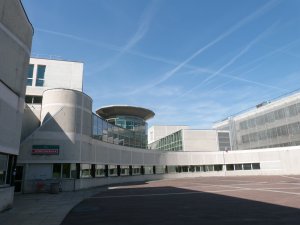Instrumentation for NenuFAR and SKA1
Publié le 14 janvier 2021 par .
This service task of the SNO SKATE focuses on the development of instrumentation for NenuFAR and SKA1.
For NenuFAR :
- Finalise the development of the instrument, its control software, the pulsars and dynamic spectra instrumentation, and the imaging mode.
- Calibrate and test the instrument, complete its scientific start-up, allow to close the "Early Science" period of shared risk observations (planned for the end of
2021).
The OSUs involved are the OBSPM (LESIA, USN, GEPI), the OSUC (LPC2E), with a contribution from the OSUPS (AIM).
For SKA, it concerns participation in the definition, instrumentation design and development of SKA1 within the framework of the SKA Observatory, following the activities of the technical consortia coordinated by SKA Organisation. These are formally recognised activities by the SKA Observatory (with the supply of sub-systems) :
- Design and realisation of the instrumentation for SKA. Today, the French implications formally recognised by SKA-O :
- Responsibility in the preparation for the sub-exascale data centres (SPC/SDHP-HW) whose innovative character will be due to both capabilities and unprecedented environmental performance. OSUs involved today : OP, OCA (and Inria) ;
- Contribution to the design and realisation of SKA1-MID band 4 and 5 receivers. The OSU involved is the OASU (LAB) ;
- Design and realisation of analogue antenna summing prototypes for SKA1-LOW, as part of the LFAA (USN) consortium.
- In perspective :
- Participation in antenna and receiver tests, as well as in SKA1 calibrations and commissioning, which should benefit from the experience gained on NenuFAR ;
- Contributions to the design of the future SKA instrumentation (Advanced Instrumentation Package, AIP, which will be one of the activities of the SKA Observatory).




